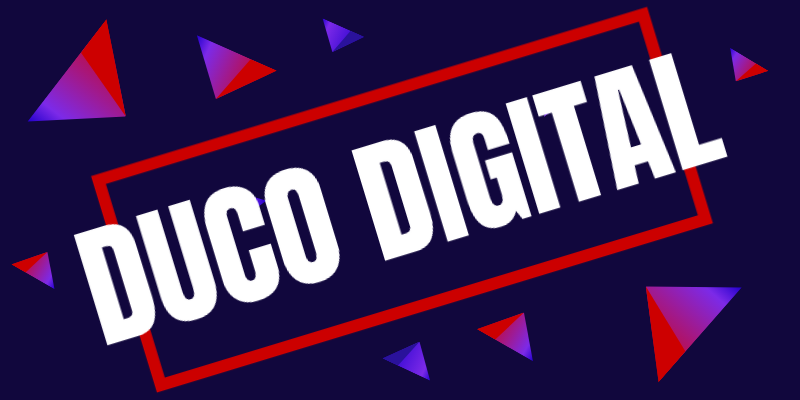How Can I Get My Website Ranking Higher on Google
At a recent presentation to business owners at the Redcar Cleveland Business Network, I explained a number of factors which Google use to decide how and where a website ranks in relation to the query a person is searching for, briefly these are:
Understand Google is more than a search engine, it’s part of the Alphabet group. Under the Google brand though you may recognise Display Ads, PPC, Google Analytics and Google Search Console which are just a few of the marketing solutions Google offer which individually can affect your ranking.
The critical ones are Google Analytics and Google Search Console - make sure your website is registered with them and set aside at least an hour on each to understand what they do and how they can help your website. Ill be writing future blog posts about these soon.Is your website secure? If your website begins with https:// then it’s secure and has a green padlock, if it’s http:// then it isn’t and you need to buy a SSL certificate from your website host. A secure website is a Google ranking factor and people are more educated to trust a website with a green padlock.
From now onwards, all new websites have to be mobile-optimised which means they clearly work on mobiles (cell phones), tablets. This is because the vast majority of website traffic is from users on mobile devices. How frustrating would it be to have lots of traffic visit your website but none of the visitors could read it because it doesn’t work properly. If you need advice about this, get in touch.
If your image and video file sizes are too large i.e. 4k resolution, then it can take a long time for these to be downloaded from your server to the person trying to view the website by which time the user has left your site and gone elsewhere. Just reduce the file size of images and keep the quality, have a look at software like Squash if you’re on a Mac. For videos, consider hosting them on Vimeo and You Tube and embed them on your website instead.
SEO. A massive topic which is too big to go into depth but simply ask yourself this question. Where on my website can I manage what Google says about my website when someone Googles my site. If you don’t know, ask your website company or web designer? Ask them where your Meta Titles and Descriptions are and lists of keywords.
If you do know where they are, when was he last time you updated them? Have you compared them to your competitors? Do they accurately reflect what poetical customers are typing into Google? If you’re stuck, let us know and we can give you some pointers or we can do it for you and talk you through the process.Use descriptions for images. Known as Alt Text, this is another Google ranking factor. Software for the visually impaired read the text through software to the user. Google also uses this description to better understand your content and how it can show your website.
Link Building. Build trust and authority for your site and build trust with Google and your audience by providing links to third party content and encouraging third-parties to point to your website. Overtime this creates a micro-web which if made up of genuine and quality content, will help make your website stand out against others and rank higher. Consider writing helpful and informative articles which can be shared with others.
Do you have some good tips to share? Please leave a comment below.
If you have a question please get in touch, we’d love to help you.

